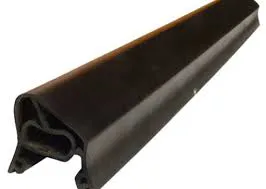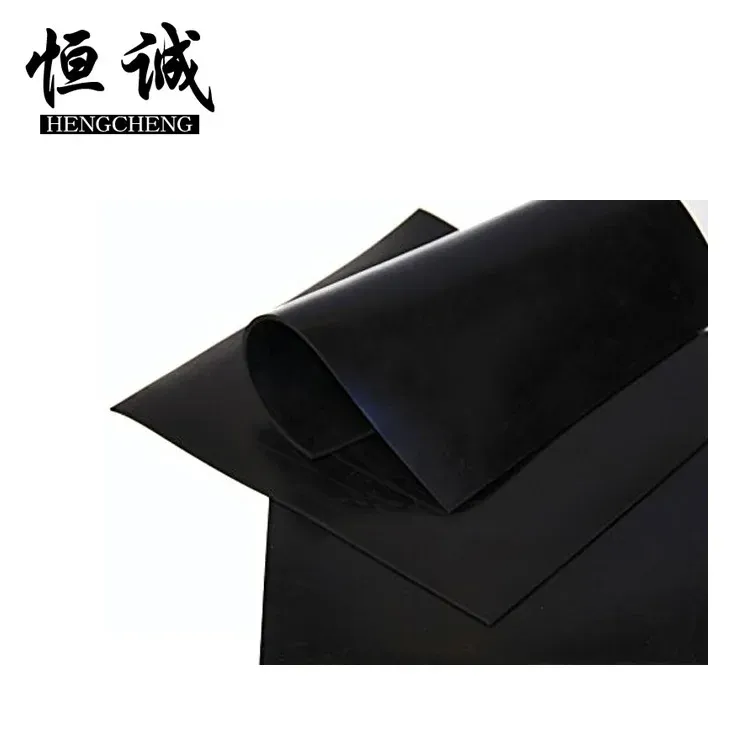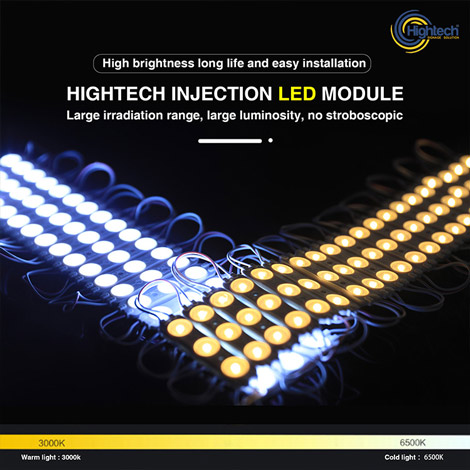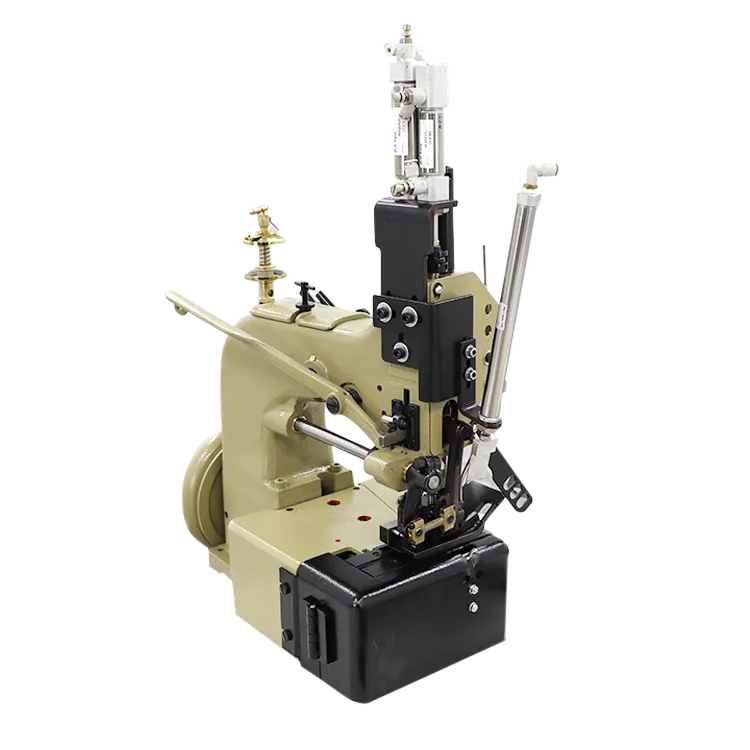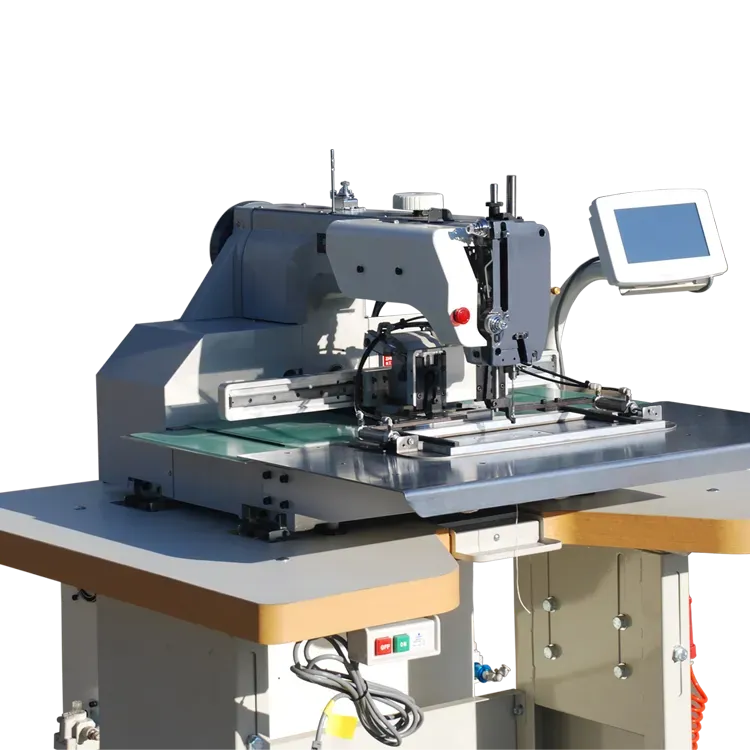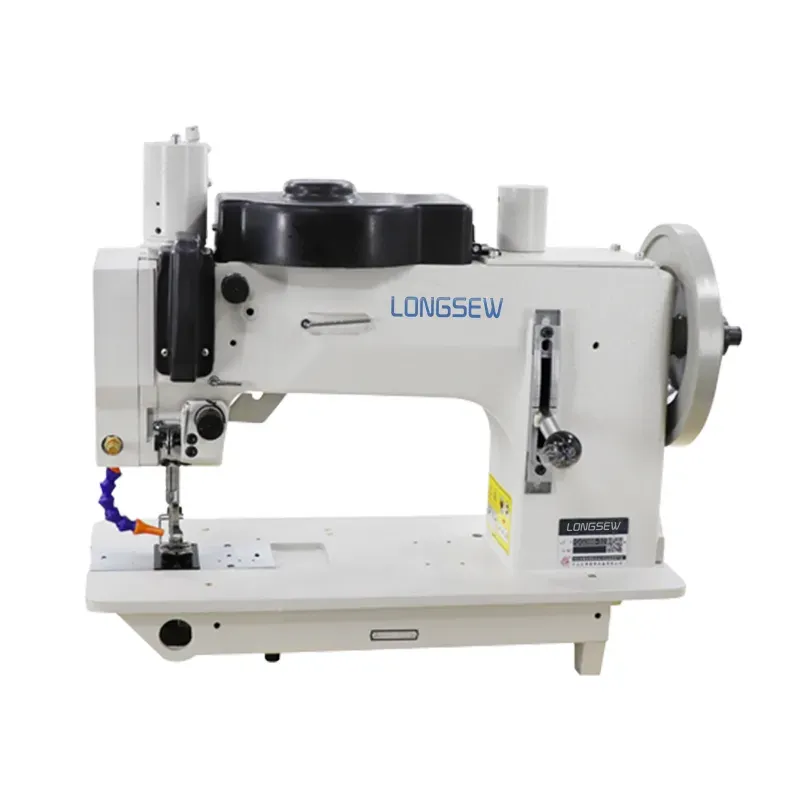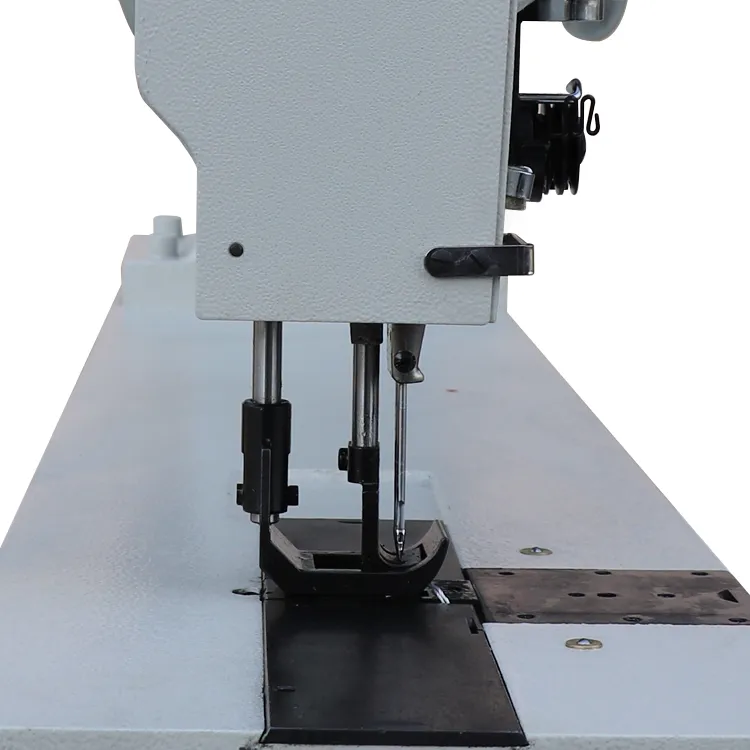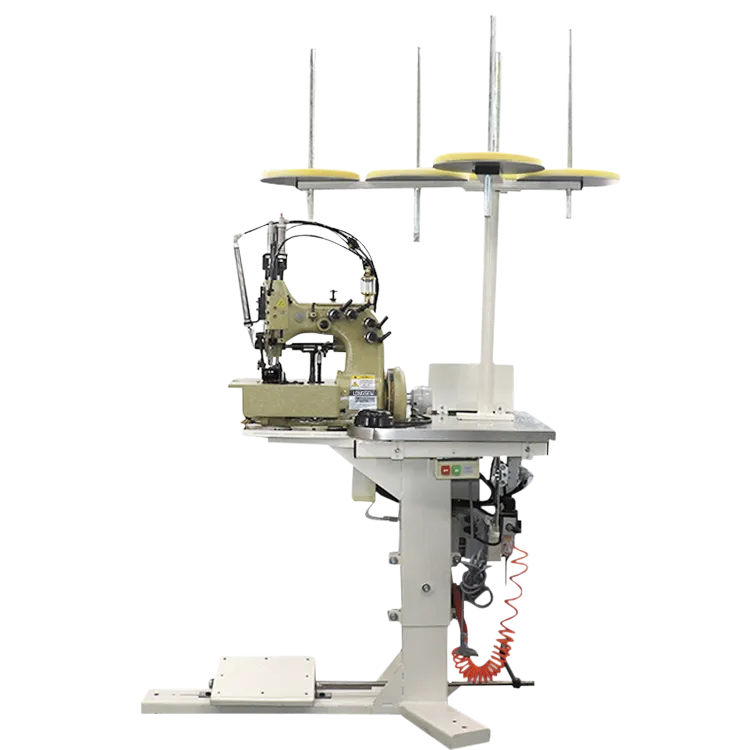Once the design is finalized, various fabrication techniques come into play, including laser cutting, 3D printing, and CNC machining. These methods allow for precise construction of the signage, ensuring that each piece is crafted to meet the highest standards. Additionally, illumination technology, such as LED lighting, can be integrated into the signage to enhance its visual impact, particularly in low-light environments. This combination of advanced technology and artistic design makes 3D signage a cutting-edge component of modern branding.
 Home
Home